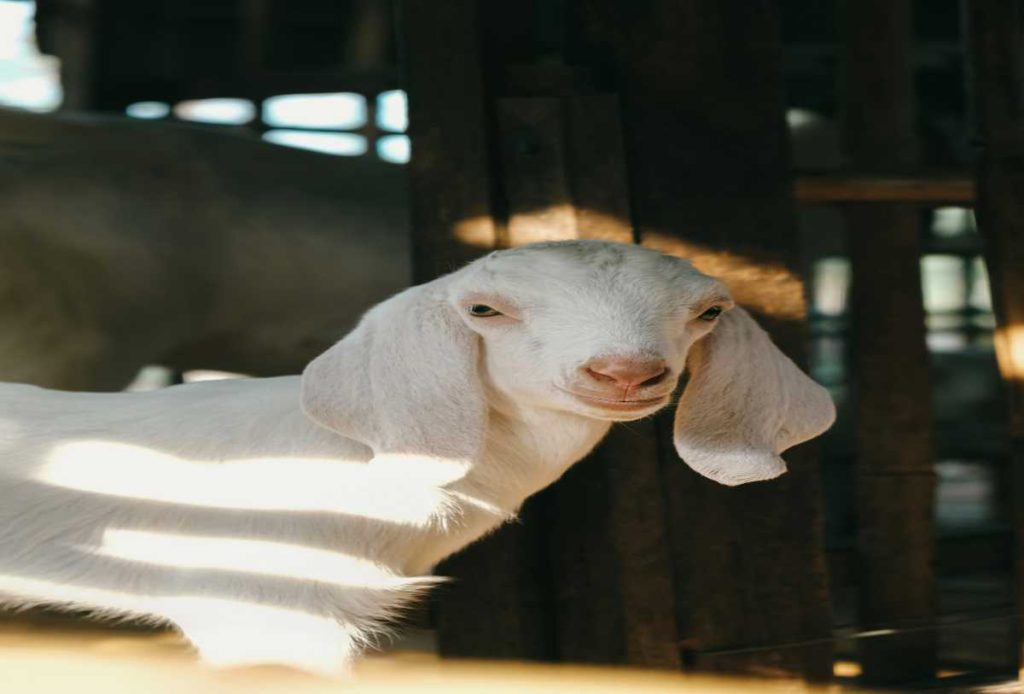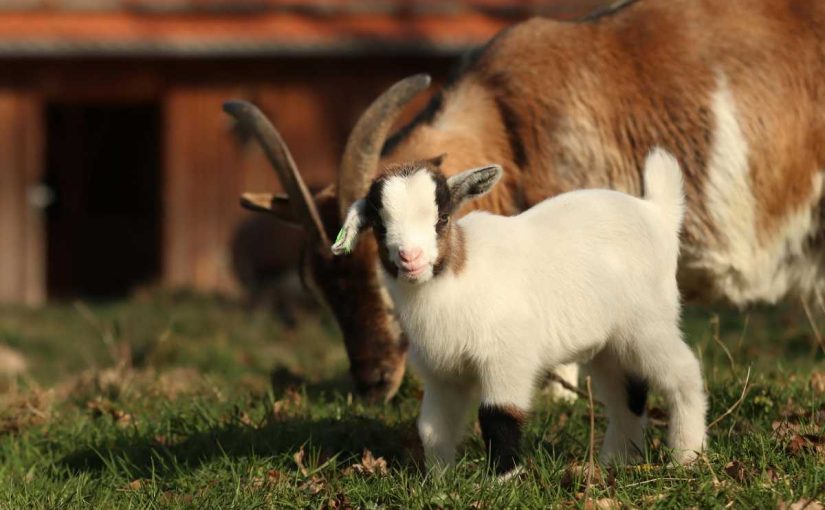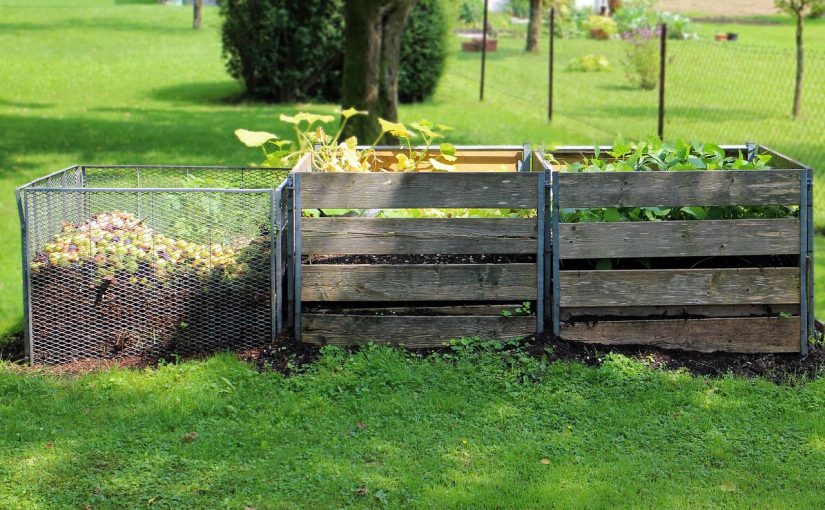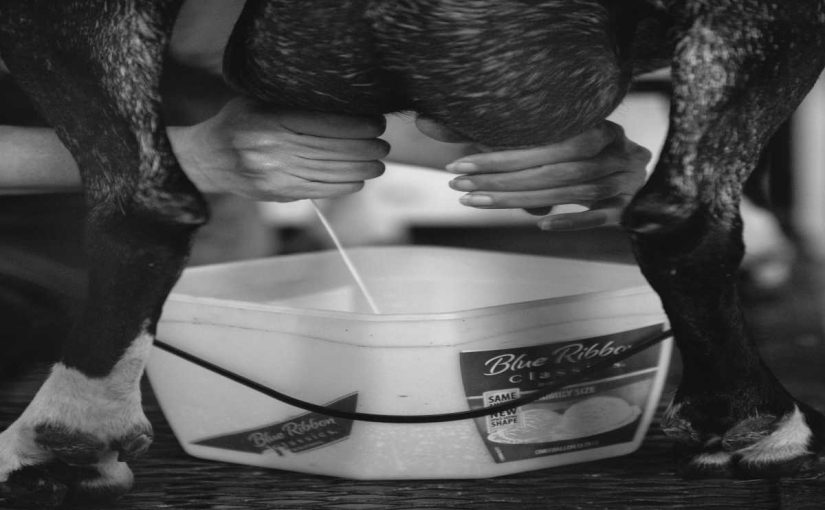For goat breeders, the right breeding strategies can make all the difference in developing a productive, healthy, and high-performing herd. Whether you’re breeding for milk production, meat, fiber, or simply to improve genetic health, understanding how to maximize your herd’s genetics is essential. Breeding strategies are about more than just pairing two animals—they’re about selectively enhancing the traits that best fit your goals while keeping genetic diversity and herd health in mind.
In this blog, we’ll dive into some effective breeding strategies that can help you maximize the genetic potential of your goats. From selection methods to herd management, these tips will guide you in building a herd that meets your goals while staying strong and resilient.
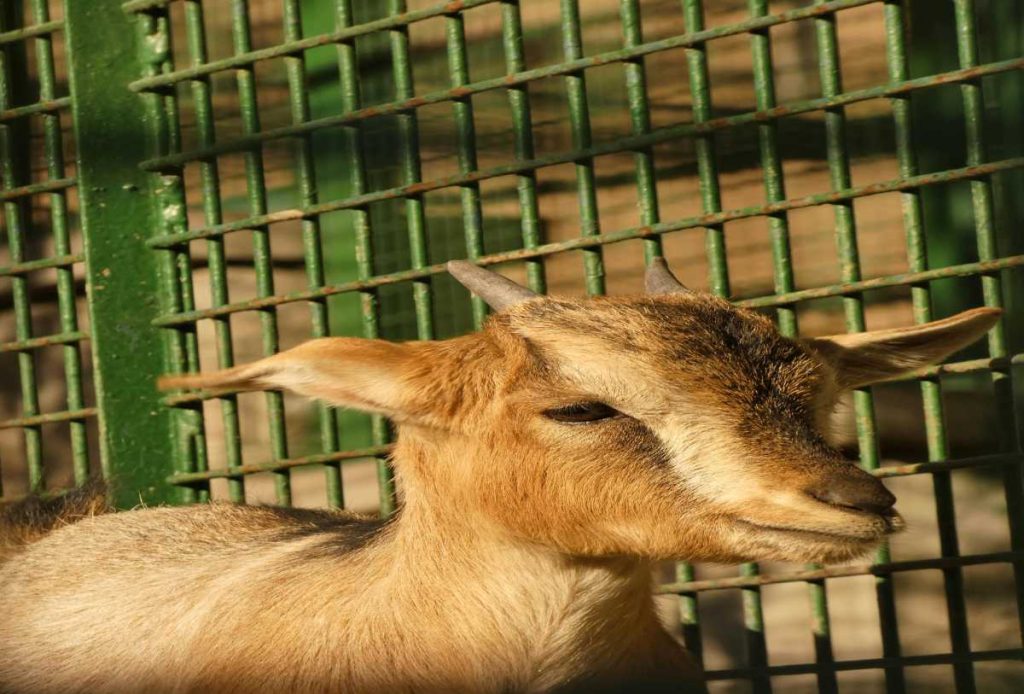
1. Set Clear Breeding Goals
Before you start planning your breeding strategy, it’s crucial to define what you hope to achieve. Are you looking to increase milk yield, improve meat quality, enhance fiber characteristics, or develop disease-resistant goats? Setting clear goals will inform which traits to prioritize in your breeding program and help you make more focused, consistent decisions.
Key Goals to Consider:
- Milk Production: Selecting goats with higher milk yield and butterfat content for dairy herds.
- Meat Quality: Breeding for rapid growth rates, muscle quality, and weight gain.
- Fiber: Focusing on fiber fineness, density, and quality in fiber-producing goats like Angoras.
- Disease Resistance: Selecting goats with natural immunity to common diseases and parasites, which can reduce healthcare costs and improve longevity.
Why It Helps:
Setting clear goals keeps your breeding focused and purposeful, which will yield better results over time compared to random or unfocused breeding.
2. Select for Desired Traits
Once you have clear goals, selecting the right goats to breed is the next step. This process requires close attention to genetic traits, health history, and performance records. Look for goats that exhibit the traits you want, whether it’s high milk production, rapid growth, or parasite resistance.
Important Factors in Selection:
- Pedigree Records: Study the lineage of each goat to assess its genetic potential and the consistency of desired traits in its family line.
- Performance Data: Keep records on milk yield, growth rates, and other metrics relevant to your breeding goals.
- Physical Conformation: Select goats with strong structural conformation, as healthy physical traits often contribute to a longer, more productive life.
- Health and Temperament: Choose goats with good health records and manageable temperaments, as these factors contribute to easier handling and management.
Why It Helps:
By focusing on specific traits, you’ll see a gradual improvement in your herd’s performance, helping you achieve the ideal qualities you’re breeding for.
3. Use Linebreeding to Strengthen Desired Traits
Linebreeding, or breeding closely related animals such as half-siblings or cousins, can help consolidate desirable traits within your herd. It’s a controlled form of inbreeding that enhances consistency and predictability in your herd. However, linebreeding requires careful management to avoid inbreeding depression, which can lead to health issues and reduced genetic diversity.
Guidelines for Successful Linebreeding:
- Monitor Health Carefully: Regularly check for signs of inbreeding depression, such as lower fertility rates or weakened immune systems.
- Start with High-Quality Stock: Only use strong, healthy, and high-performing animals for linebreeding, as weaknesses can become amplified.
- Limit the Practice: Avoid overusing linebreeding; instead, alternate with outcrossing (breeding with less-related animals) to maintain genetic diversity.
Why It Helps:
Linebreeding can solidify desirable traits within your herd, making it more consistent in appearance, production, and performance.
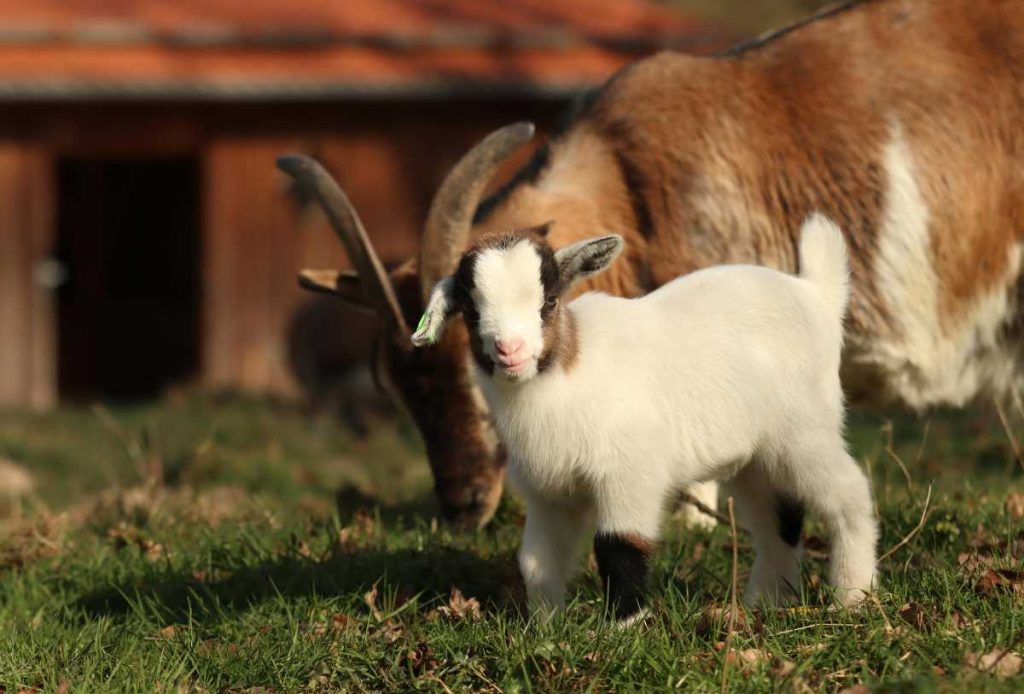
4. Implement Crossbreeding for Hybrid Vigor
Crossbreeding involves breeding animals from different lines or breeds to introduce new genes and improve genetic diversity. This practice often results in hybrid vigor (or heterosis), where the offspring exhibit better growth, health, and reproductive performance than their parents.
Advantages of Crossbreeding:
- Improved Health and Immunity: Crossbred goats tend to have stronger immune systems and are often more resistant to diseases and parasites.
- Increased Productivity: Many crossbred goats show higher growth rates, better milk yields, and more resilience compared to purebred animals.
- Better Adaptability: Crossbreeding can help produce goats that are better suited to local climate and environmental conditions.
Why It Helps:
Crossbreeding introduces beneficial traits that strengthen your herd, leading to better performance and adaptability without compromising health.
5. Use Artificial Insemination (AI) to Access Superior Genetics
Artificial insemination (AI) is a powerful tool that gives breeders access to high-quality genetics from top-performing goats worldwide. AI allows you to breed your goats with award-winning sires, even if they’re located far away, increasing your options for enhancing your herd’s genetic potential.
Steps to Successful AI Implementation:
- Choose Proven Sires: Look for sires with strong genetic profiles, proven performance, and traits that align with your goals.
- Work with Experienced Technicians: AI requires skill and precision, so using trained professionals increases the success rate.
- Maintain Accurate Records: Track which sires have been used and monitor the offspring’s performance to evaluate the impact of each AI cycle.
Why It Helps:
AI allows you to bring in top genetics without having to purchase or transport animals, giving you a broader selection of traits to incorporate into your herd.
6. Monitor and Track Herd Genetics and Performance
Keeping detailed records of each goat’s genetic history, health status, and performance is essential for a successful breeding program. Tracking this data over time allows you to make informed breeding decisions and quickly spot any issues that may arise.
Important Data Points to Track:
- Birth and Growth Records: Tracking birth weights, growth rates, and mature weights helps you assess each goat’s genetic potential for size and productivity.
- Milk and Fiber Production: Keep data on milk yield, butterfat content, or fiber quality to measure improvements over generations.
- Health Records: Record health issues, parasite resistance, and recovery rates to identify resilient lines within your herd.
- Breeding Success: Note conception rates and the quality of offspring to assess the effectiveness of your breeding strategies.
Why It Helps:
Detailed records provide insights into your herd’s progress, enabling you to adjust your breeding approach as needed to achieve better results.
7. Plan for Genetic Diversity and Long-Term Sustainability
Maintaining genetic diversity is critical to ensuring the long-term health and productivity of your herd. Overly focused breeding can lead to inbreeding depression, where lack of genetic variation results in lower fertility, weakened immunity, and other health issues.
Strategies for Preserving Genetic Diversity:
- Rotate Sires: Avoid using the same sire for too many generations to reduce the risk of inbreeding.
- Introduce New Genetics Periodically: Incorporate outside genetics by bringing in a new buck or using AI to avoid genetic stagnation.
- Focus on Multiple Traits: Instead of breeding solely for one trait, consider a balanced approach that improves overall productivity, health, and resilience.
Why It Helps:
A genetically diverse herd is more adaptable to changes, less susceptible to disease outbreaks, and more resilient overall.
8. Regular Health Checks and Veterinary Care
A strong breeding program goes hand in hand with excellent health management. Regular veterinary checks, vaccinations, and parasite control will ensure that your breeding goats stay healthy, which is essential for a successful breeding strategy.
Health Practices for Optimal Breeding:
- Routine Vet Visits: Regular check-ups help catch potential health issues early.
- Vaccinations: Ensure your goats are up-to-date on essential vaccinations to prevent common diseases.
- Parasite Management: Use a combination of rotational grazing, deworming, and natural treatments to keep parasites under control.
Why It Helps:
Healthy goats are more likely to produce strong offspring, and preventive care helps maintain a productive and thriving herd.
Conclusion
Maximizing the genetic potential of your goat herd requires thoughtful planning, careful selection, and consistent management. By setting clear breeding goals, selecting for desired traits, balancing linebreeding with crossbreeding, and maintaining accurate records, you can build a herd that meets your needs while preserving genetic diversity. Remember that a successful breeding program is a long-term commitment, but with the right strategies in place, you’ll see lasting improvements in herd health, productivity, and performance.
Whether you’re breeding for milk, meat, fiber, or overall hardiness, these strategies will help you make the most of your herd’s genetic potential, creating a legacy of strong, resilient, and high-performing goats.

